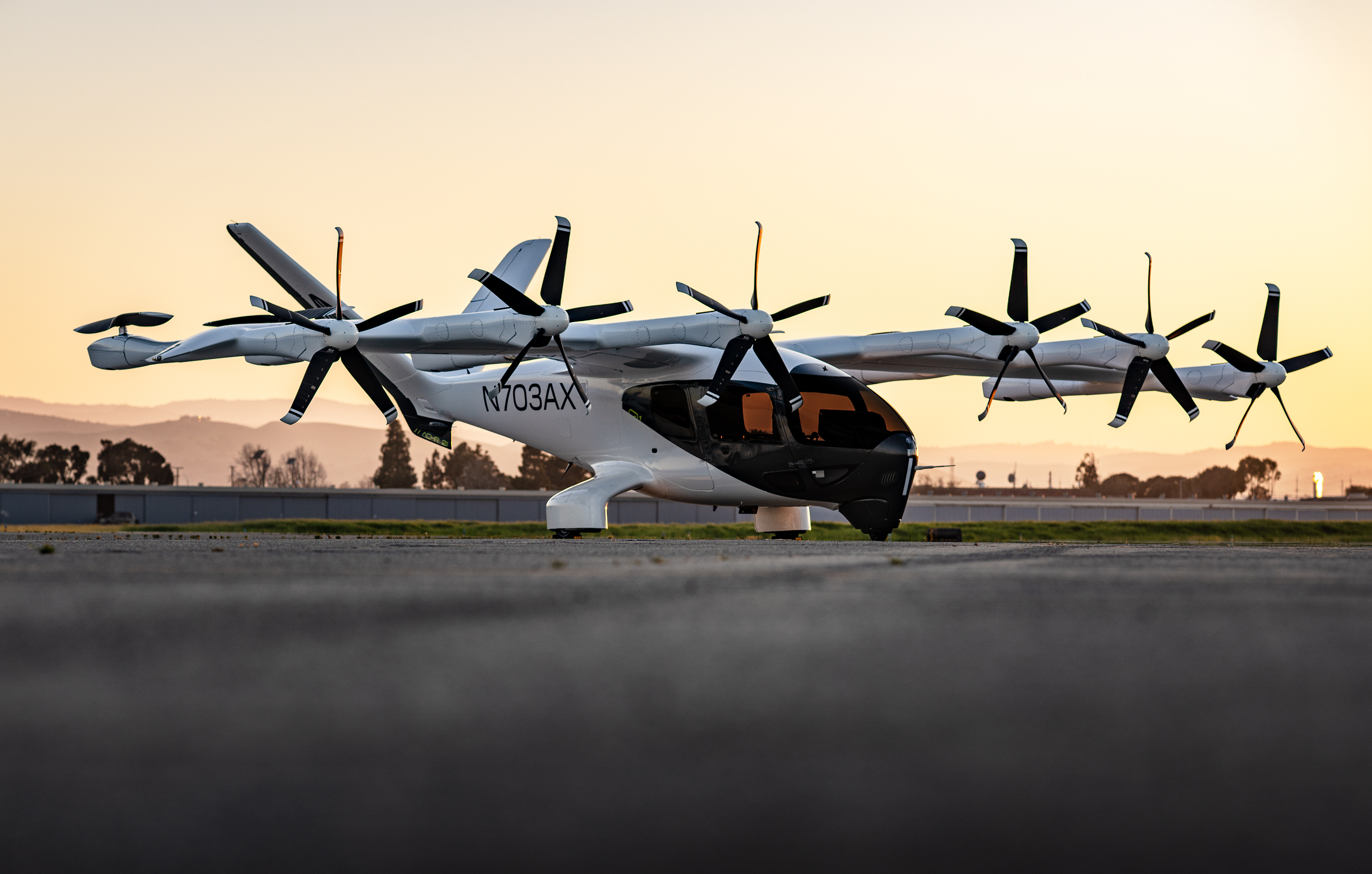What goes up must come down. Shares of chipmaker NVIDIA (NVDA 0.05%) have proved that saying true.
NVIDIA shares rallied 430% from the start of 2015 to the end of 2016, marking for one of the most impressive performances among all U.S. large-cap stocks. However, the new year hasn't treated NVIDIA with the same warm reception as the preceding two years have.
In fact, NVIDIA stock has fallen about 3% so far in 2017 and sits a full 13% off the 52-week highs it reached in early February.
But I remain as bullish on NVIDIA stock as I ever have; its pullback technically makes it a more compelling potential buy. However, since no investor understands all the aspects of his or her investment thesis until examining the opposite perspective, let's look at the bear case for the company from an NVIDIA bull, focusing on two central issues.
NVIDIA faces new competitive pressures
Until recently, it wasn't clear which company, if any, would challenge NVIDIA's path to dominating the most important facets of our artificial intelligence (AI) future. The massive potential financial opportunities from powering self-driving cars, AI software, and more brought several challengers to the fore. Over the past year, Intel (INTC +10.80%) and Qualcomm have each unveiled their own road maps for products they hope will challenge NVIDIA.
Last August, Intel purchased semiconductor maker Nervana, a move that led Intel last year to launch its own deep-learning chip architecture. The company claims these chips will perform 100 times faster than NVIDIA's current GPUs aimed to train deep neural networks by 2020. Whether this goal comes to pass remains far from certain, but the highly public nature and scope of Intel's plans signal Intel's seriousness.
In another unmistakable sign of seriousness, Intel is also shelling out $15.3 billion to acquire self-driving-vehicle hardware maker Mobileye, despite the company's minuscule financial footprint. Intel is making it clear that it's determined not to miss AI as a generational tech trend, as it did with the rise of mobile early last decade. Likewise, Qualcomm recently optimized the CPU, GPU, and digital signal processing capabilities on its Snapdragon 835 system on a chip to cater to a number of potential AI applications.
In each instance, the ultimate implication is the same. Chipmaker rivals simply can't allow NVIDIA to run away with the market for AI computing, especially at so early a stage. If anything, it seems the competition will only intensify in the coming years. The various potential markets for AI and deep learning seem large enough to accommodate several entrants, though NVIDIA will need to adjust to the evolving reality to remain at the head of the pack.

Image source: NVIDIA.
NVIDIA is overvalued in the near term
Aside from mounting competitive pressures, the other easy knock against NVIDIA relates to its share-price valuation. Here's a quick visual breakdown of three of the most commonly used valuation metrics for NVIDIA today.
| Trailing P/E | Forward P/E | EV/EBITDA |
| 40.7 | 30.9 | 25.5 |
P/E = price-to-earnings. EV = enterprise value. EBITDA = earnings before interest, taxes, depreciation, and amortization. Data source: Yahoo! Finance.
For context, the benchmark S&P 500, which can be viewed as the market average, currently trades at a multiple of 25 times its past 12 months' earnings.
That NVIDIA trades so far above the historically expensive market averages isn't necessarily problematic in and of itself. What matters is how NVIDIA's valuation relates to its growth prospects.
According to the average of Wall Street analysts, NVIDIA is expected to increase its sales 16% this year and 12% next year. Analysts see NVIDIA growing its EPS at an 11% average annual rate in the coming five years, and this is where things start to get problematic in terms of NVIDIA's valuation. Simply put, 40 times earnings is a bit rich in the near term for a company growing in the mid- to low single digits, but that's in my mind where a critical distinction arises.
When thinking about a growth company leading a generational change, like NVIDIA, it's important to remember that quarter-to-quarter or multiyear valuations will be inadequate in capturing the sheer scope of this business opportunity. This idea is perhaps easiest to capture in terms of self-driving cars, but it probably applies to most of NVIDIA's AI-related businesses.
Analysts estimate the global automotive fleet "turns over" every 15 years, meaning it takes 15 years before all the cars produced in a given year cease being used. Fully autonomous cars aren't expected to begin to reach market until the start of the next decade at the soonest, which means the earliest full-on self-driving cars will reach full market saturation around 2035 or later, and that's the best-case scenario.
The rebuttal to NVIDIA's valuation criticisms is that its growth horizon extends for decades, not quarters. So while it is indeed an expensive stock to own today, NVIDIA's multidecade business opportunity offers a compelling reason to buy and hold its shares for the long haul.








